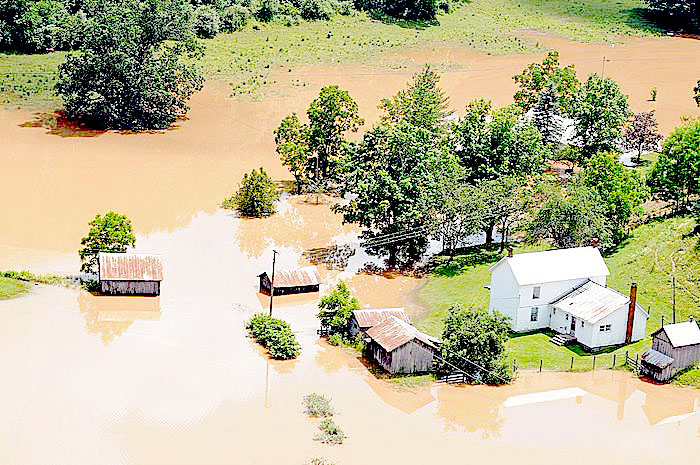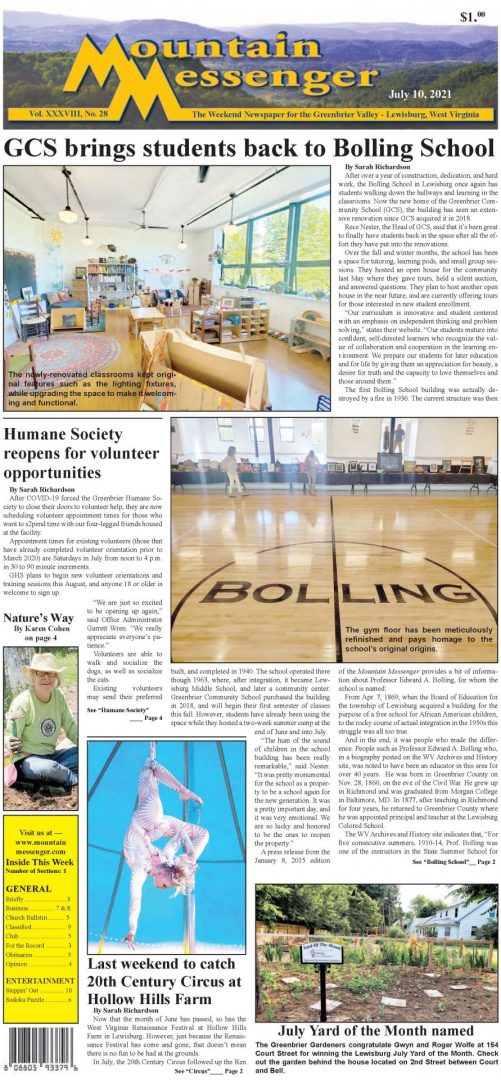Deadly flooding five years ago continues to haunt many West Virginia communities, and advocates called on the state to update its flood-resilience plan to ensure as stronger and more frequent storms happen, counties are prepared.
The 2016 floods cost the state an estimated $300 million in damages.
Angie Rosser, executive director of the West Virginia Rivers Coalition, said the impact of the event hasn’t left the minds of residents.
“Our rugged terrain and the fact that so many communities are located along our rivers and streams make us especially vulnerable,” Rosser explained. “So, it’s certainly on the forefront of our minds.”
Some lawmakers called on the state to use surplus funds toward mitigation efforts.
The West Virginia Conservation Agency has a list of more than 100 “high-hazard” dams, meaning dam failure could result in loss of life and property.
Mathew Sanders, senior manager of the Flood Prepared Communities Initiative for The Pew Charitable Trusts, said development laden with concrete and asphalt increases West Virginia’s flood risk.
“The state has done a fantastic job over the last five years effectuating long-term recovery from that event in 2016,” Sanders acknowledged. “And now they really have an opportunity to pivot in a more forward-thinking fashion.”
Rosser argued there is untapped potential in looking at natural solutions to help minimize the worst effects of flooding, strategies that use nature’s ability to detain and retain water.
“We’ve got a lot of wetlands and floodplains that we can look at with new eyes and see nature as an ally of restoring natural functions of floodplains,” Rosser contended.
Research shows heavy rain over the state’s rugged topography is the costliest and most severe natural hazard for the state.
Since 2005, West Virginia has received more than 16 FEMA disaster declarations, the majority of which were related to severe storms and flooding events.




